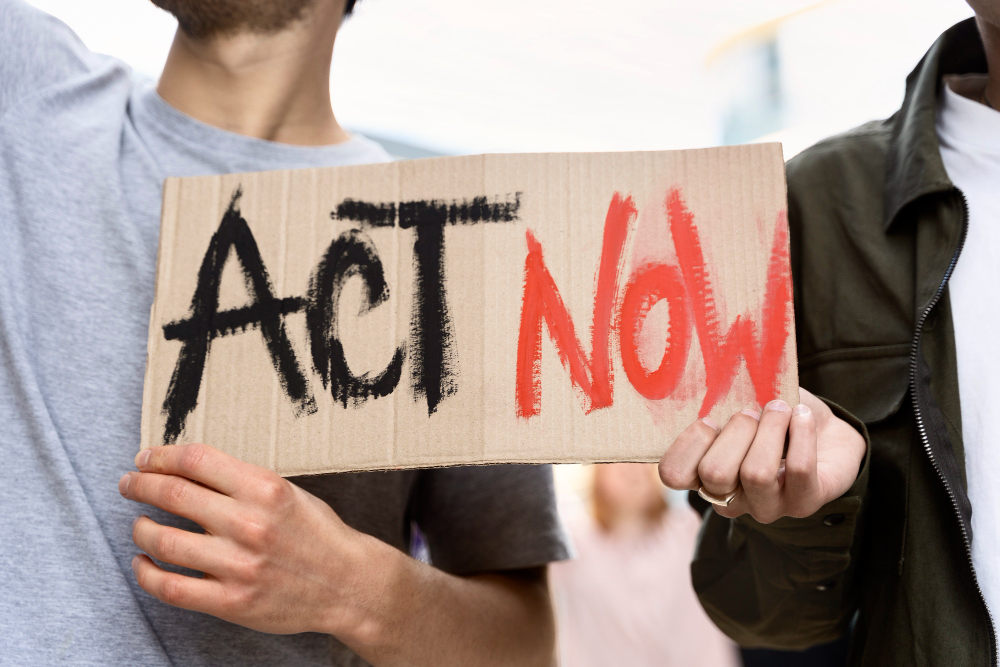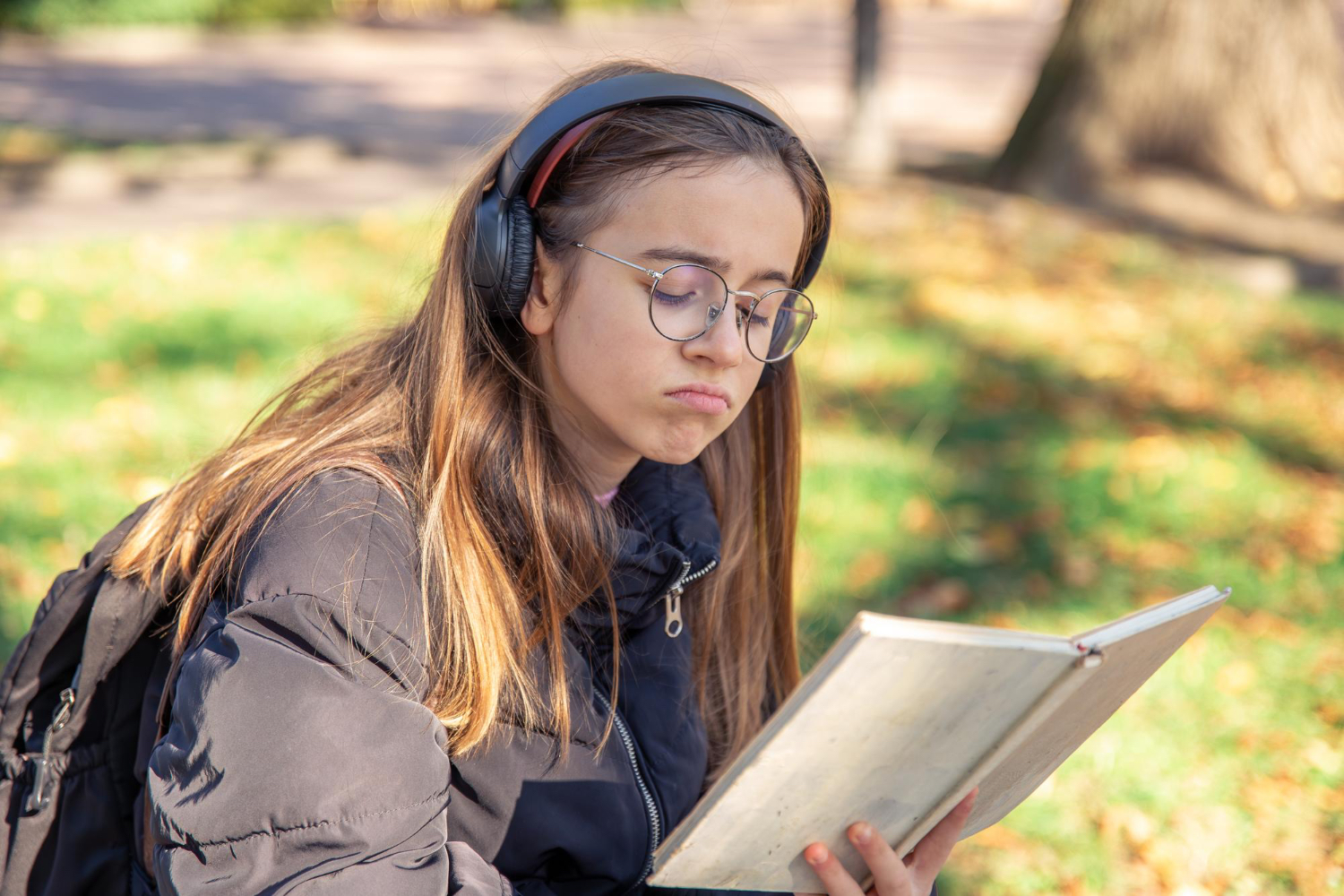Collective punishment—punishing a group for the actions of an individual—is widely recognized as a violation of human rights. It is condemned in international law, yet it persists in various forms worldwide.
From China’s persecution of human rights defenders’ families to Israel’s blockade of Gaza and the Taliban’s illogical governance, collective punishment disproportionately harms innocent people.
Disturbingly, this same unfair practice is present in schools, where entire classrooms or groups of students are punished for the misdeeds of a few. This post explores how collective punishment is wielded in global crises and why it has no place in our educational institutions.
China: families targeted for an individual’s activism
In China, authorities have imposed harsh collective punishments on the families of human rights defenders. Children have been denied access to education, placed in psychiatric hospitals, and forcibly separated from their parents. These actions are designed to break the will of dissidents by targeting their most vulnerable loved ones. When human rights lawyer Wang Quanzhang was arrested, his 11-year-old son was denied schooling due to government pressure. The psychological toll on these children is immeasurable, yet the government continues this practice as a deterrent against activism. Learn more
Parallels in Schools: Just as the Chinese government punishes the innocent to control the opposition, schools punish entire classes for the behaviour of a few students. Detentions, loss of privileges, and collective reprimands create resentment and alienation among students who had no role in the infraction. Rather than fostering accountability, this method teaches children that fairness is secondary to authority’s convenience.
Palestine: using basic needs as a weapon
Israel’s blockade of Gaza is another example of collective punishment. By cutting off electricity, water, and humanitarian aid, Israeli authorities have deprived the entire population of Gaza of basic survival needs. This policy disregards the fact that the majority of Gazans are civilians with no control over the political situation. The siege has catastrophic consequences, limiting medical care, clean water, and food supplies, pushing an already struggling population into deeper crisis. Learn more
Parallels in Schools: In schools, when one or two students disrupt a lesson, teachers sometimes respond by canceling an entire activity or restricting privileges for the whole class. This punishment mirrors the injustices of collective punishment in conflict zones: it disproportionately affects those who had no hand in the wrongdoing, fosters bitterness, and does nothing to address the root cause of the issue.
Taliban: absurd and arbitrary justice
Under Taliban rule, collective punishment has become an everyday reality. In a recent case, after a local Taliban official’s motorcycle went missing, the people of an entire district were forced to pay compensation. Hundreds of families, most of whom had no connection to the theft, were made to contribute money simply because they lived in the area. This punishment reflects the Taliban’s broader governance style, where logic is absent, and power is wielded arbitrarily. Learn more
Parallels in Schools: The Taliban’s approach to governance mirrors how schools apply collective punishment without regard for fairness. When a student fails to complete their homework, the entire class may be given extra assignments. If a few students talk during an assembly, the entire grade might lose a privilege. This system fosters frustration, diminishes trust in leadership, and teaches that authority is more about control than fairness.

Why collective punishment in schools must end
The global examples of collective punishment show that it is a tool of control, not justice. When applied in schools, it sends damaging messages to children:
- Injustice is Normal: Students learn that they can be punished for things they didn’t do, leading to cynicism about fairness.
- Accountability is Avoidable: The actual wrongdoers often escape real consequences while the innocent suffer.
- Resentment Over Resolution: Instead of fostering understanding and problem-solving, collective punishment breeds resentment toward authority figures.
Impact on students with disabilities
Collective punishment is especially harmful to students with disabilities, particularly those with executive function challenges, impulse control difficulties, or sensory sensitivities. Many neurodivergent students, including those with ADHD or autism, may struggle with behaviours that are not intentional acts of defiance but rather the result of neurological differences. When an entire class is punished for an autistic student’s difficulty with volume control or an ADHD student’s impulsive comment, it isolates those who need support the most. Instead of fostering inclusion and understanding, collective punishment reinforces ableism, making students with disabilities feel like burdens to their peers. This punitive approach can erode self-esteem, increase anxiety, and discourage participation, ultimately harming the learning environment for everyone.

A better approach
Rather than relying on collective punishment, schools should embrace restorative justice approaches, which focus on individual accountability and community healing. When a student disrupts the learning environment, interventions such as one-on-one discussions, reflection exercises, or logical consequences are more effective. Just as international law condemns collective punishment in conflict zones, educational institutions must eliminate it in schools to create environments rooted in fairness and respect.
If collective punishment is unjust in war, government repression, and authoritarian rule, it is certainly unjust in schools. Educators have the responsibility to teach fairness, accountability, and critical thinking—values that are undermined when collective punishment is used. By moving toward more just and individualised discipline, schools can help foster a generation that understands and upholds the principles of fairness and human dignity.





